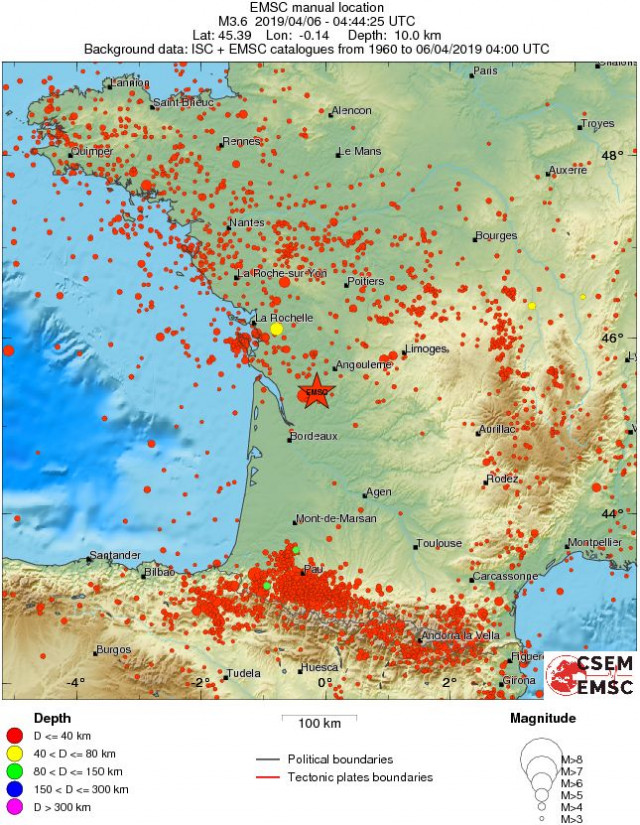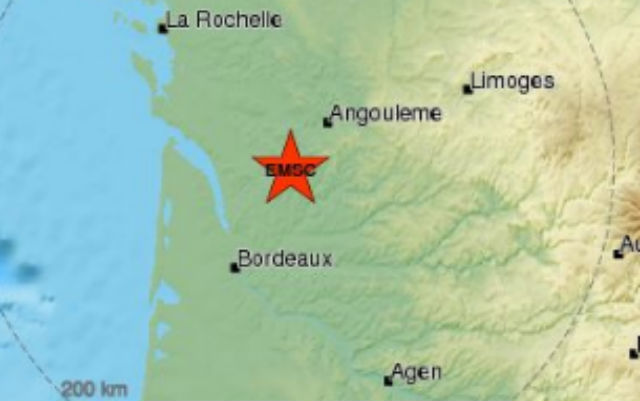- Should people in Brittany be worried about all the earthquakes?
- French dangerously 'unprepared' for future natural disasters

Deux séismes en trois semaines en Charente-Maritime : ces secousses ressenties récemment >> https://t.co/hTIqerNYHQ pic.twitter.com/4PH3fDbkQe
— Le Parisien Infog (@LeParisienInfog) April 7, 2019



 Please whitelist us to continue reading.
Please whitelist us to continue reading.
Member comments